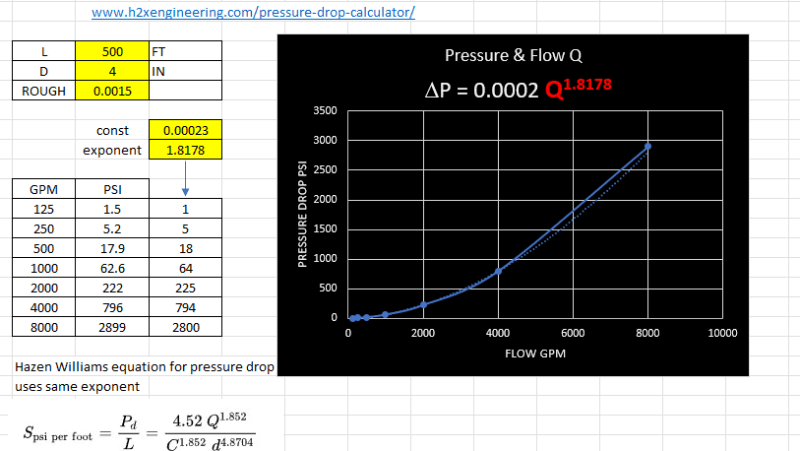regina_casimiro
Civil/Environmental
- Feb 29, 2024
- 3
thread378-458044
I was expecting that system curve did not change in case of multiple pumps. However in thread378-458044, for the same flow, the system curve shows higher head for 2 pumps in comparison to 1 pump.
I should be grateful to get an explanation
Many thanks
I was expecting that system curve did not change in case of multiple pumps. However in thread378-458044, for the same flow, the system curve shows higher head for 2 pumps in comparison to 1 pump.
I should be grateful to get an explanation
Many thanks

